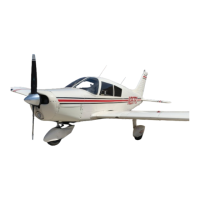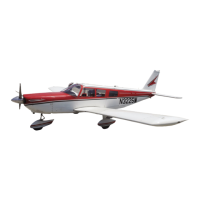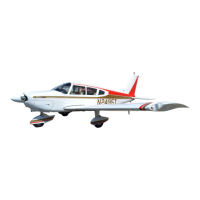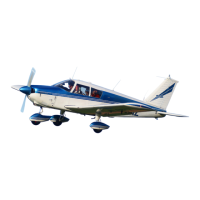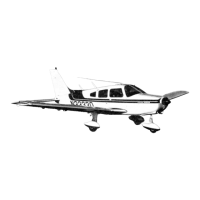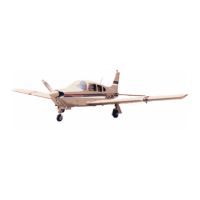20
CLIMB
The best rate of climb (V
Y
) at gross weight will be obtained at 85 MPH. The best
angle of climb (V
X
) may be obtained at 74 MPH. At lighter than gross weight
these speeds are reduced somewhat. For climbing enroute a speed of 100 MPH
is recommended. This will produce better forward speed and increased visibility
over the nose during the climb.
STALLS
The gross weight stalling speed (V
SO
) of the Cherokee with power off and full
flaps is 57 MPH. This speed is increased 9 MPH with the flaps up. Stall speeds
at lower weights will be correspondingly less.
STALL SPEED TABLE
Power Off – Gross Weight 2400 lbs.
CRUISING
The cruising speed of the Cherokee is determined by many factors including
power setting, altitude, temperature, loading, and equipment installed on the
airplane.
The normal cruising power is 75% of the rated horsepower of the engine. True
airspeeds which may be obtained at various altitudes and power settings can be
determined from the charts in "Section V" of this handbook.
Use of the mixture control in cruising flight reduces fuel consumption
significantly, especially at higher altitudes, and reduces lead deposits when the
alternate fuels are used. The mixture should be leaned during cruising
operation above 5000 feet altitude and at pilot's discretion at lower altitudes
when 75% power or less is being used. If any doubt exists as to the amount of
power being used, the mixture should be in the FULL RICH position for all
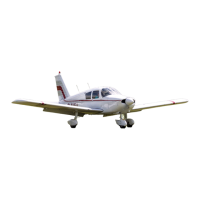
